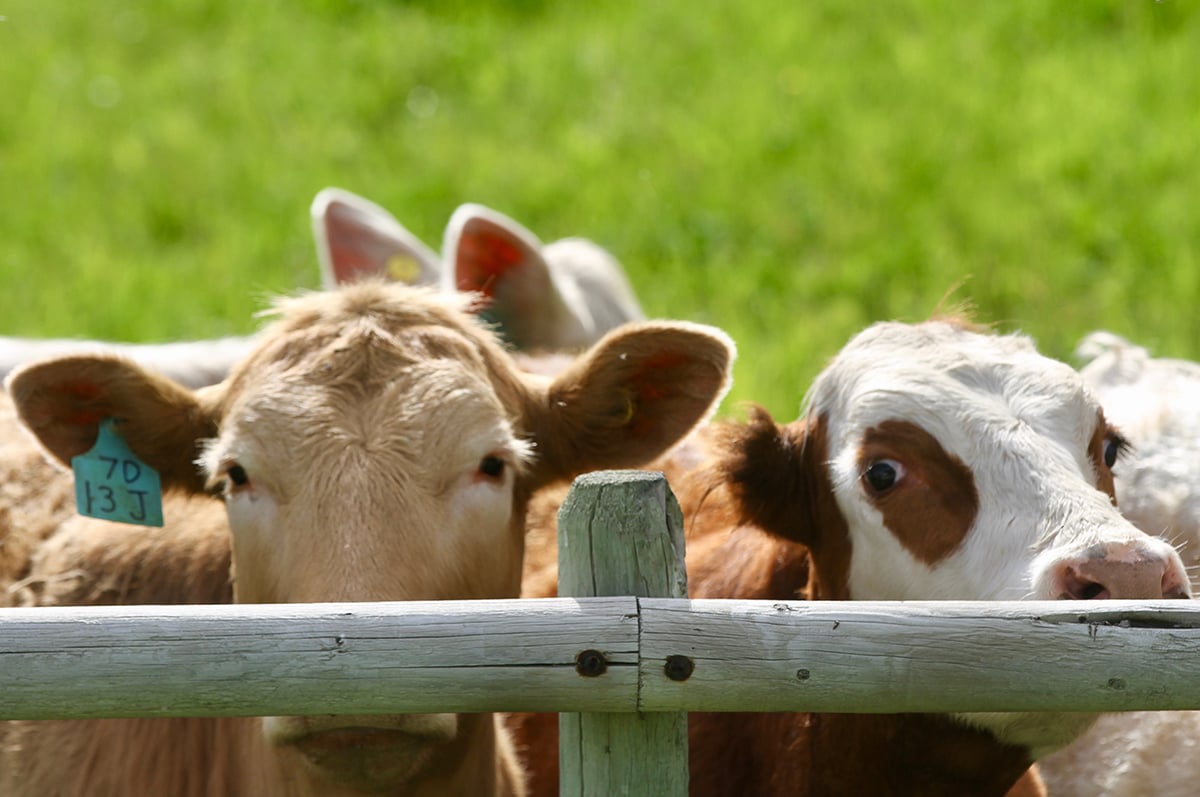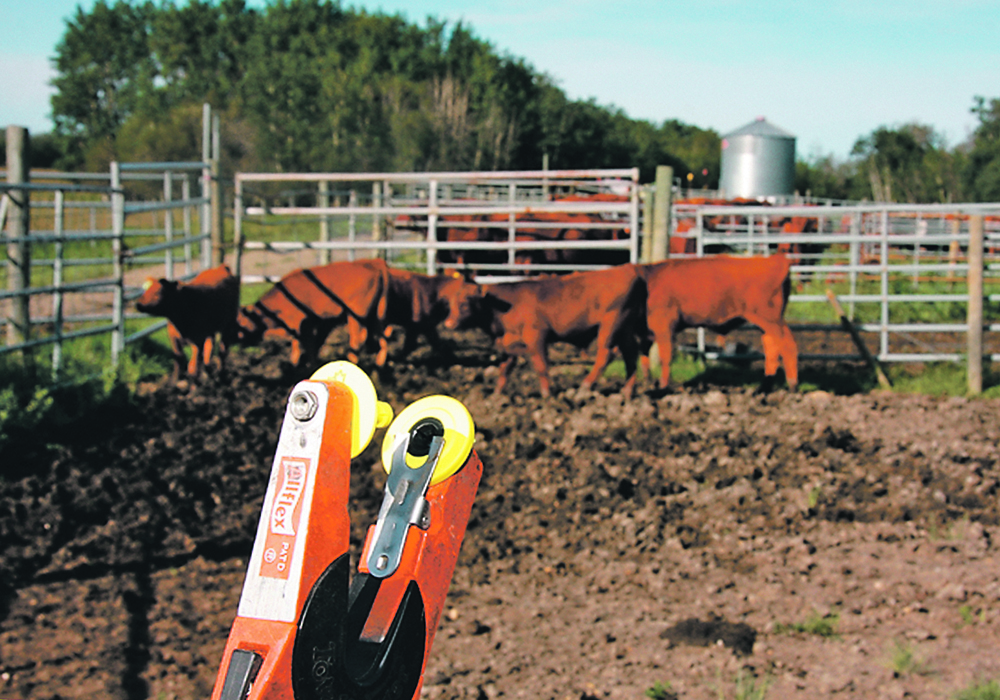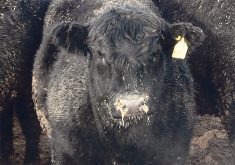Tags that go into cattle’s ears properly are more likely to stay there and not cause problems later on with traceability
The Canadian Cattle Identification Agency has launched a new campaign to provide more information to farmers on how to retain tags on cattle.
The challenge with cattle tagging is that at some point in their life, animals can lose their iconic yellow button tags, and that’s a problem for the traceability system for livestock.
The information on a new CCIA website at retentionmatters.ca will flow out over the next months and include videos, articles and images that will show proper tagging processes and how to reduce the risk of tag loss.
Read Also

Feeder market consolidates at historic highs
For the week ending Sept. 6, Western Canadian feeder cattle markets were relatively unchanged compared to seven days earlier.
The Retention Matters campaign will run this year.
The campaign aims to help anyone responsible for applying tags, says Jewel Smar, national client support manager with CCIA, to help them with “best practices to get the best retention based on placement, temperature, environment, all of it.”
The goal of the tagging system is that the tag remains with an animal during its lifetime, from shortly after birth until it ends up in a slaughter facility or exported.
If the tag is lost, then the traceability is lost. Data and information that could be fed back through the production chain will reach a finite point.
“It makes the connection from end to end, so as soon as you lose that tag, you’ve lost your traceability,” says Smar.
A lost tag could also mean that the animal can’t be shipped or sold by the next person in the chain of custody. They can refuse to move the animal unless it has a new tag.
The website currently features a best practices document for tagging. A video on tagging best practices is coming soon.
The website includes tips on:
- Disinfection of tags and applicators before a tag is put into an animal’s ear.
- How to increase tagging success in cold weather by dipping the tags in warm water to keep them pliable.
- How to make sure tags work the first time the applicator is squeezed, including making sure the applicator works and especially that the male and female parts align properly.
- Dealing with lost tags. Don’t insert a new tag in an old tag hole. Retention rates are poor with this practice.
“Best practices at day one is your best bet for retention,” said Smar.















